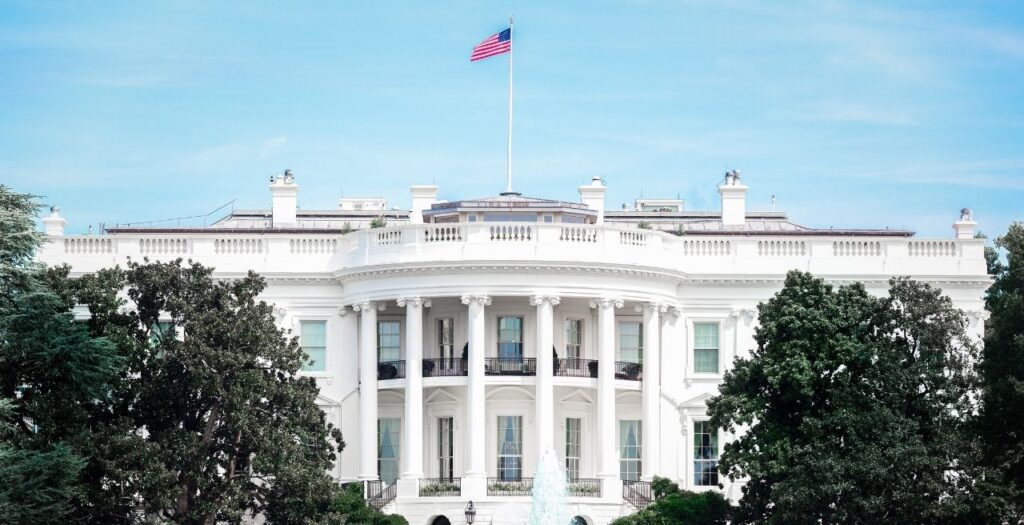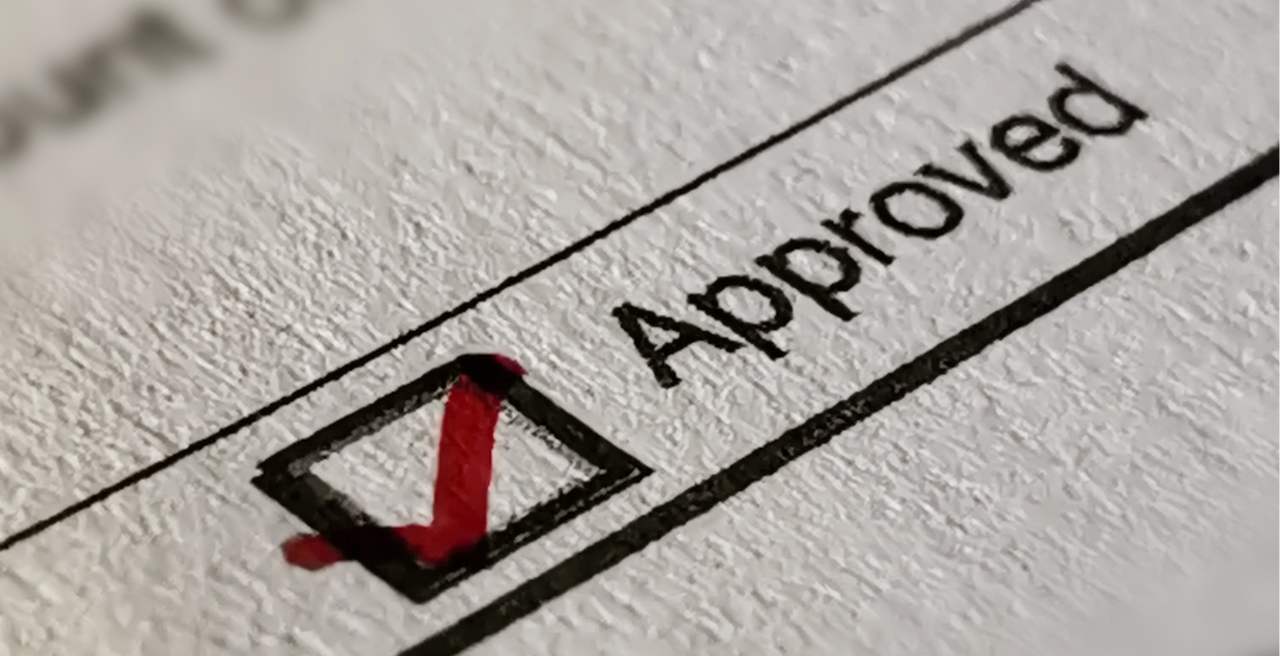One Big Beautiful Bill Next Steps for
Rural Healthcare
On July 4, 2025, Donald Trump signed H.R.1 One Big Beautiful Bill Act (OBBBA) into public law. In this article, I outline some of the key provisions of the bill and recommended One Big Beautiful Bill next steps for rural healthcare hospitals, clinics, and providers.
Key aspects of the bill that impact rural healthcare include:
- The Rural Health Transformation (RHT) Program
- Changes to Medicaid that could result in up to 12 million people losing their Medicaid or Affordable Care Act (ACA) coverage
- Changes to state provider taxes
- Revisions to state directed payments
The Rural Health Transformation (RHT) Program
The RHT Program is part of the OBBBA. Its goal is to improve access to quality healthcare in rural areas while supporting the financial challenges rural hospitals and providers face. It intends to support the sustainability of rural health systems by shifting the focus from traditional fee-for-service (FFS) payments to value-based care (VBC) and population health management.
The Program will distribute $50 billion across all 50 states between 2026 and 2030, or $10 billion a year total and up to $200 million per state each year.
States have to apply by submitting a detailed rural health transformation plan and application to CMS for approval. CMS will make applications available in mid-September. Applications and plans are then due in early November and will be approved or denied by CMS by December 31, 2025. See the CMS RHT Program page for more information.
Half of the money will be distributed equally across all states whose plans and applications are approved. The other half will be given to states with approved applications based on rural population metrics, facility counts, the situation of hospitals in states with higher numbers of low-income patients, and other conditions determined by CMS.
How a state plan allocates funds will be up to the state. States can also use up to 10% of funding for administration needs. Federal funds received by the states have to be used the year they’re allocated. States will need to submit an annual report to CMS that covers how it uses its funds. The format of the report hasn’t been specified yet.
Health Facilities Eligible for RHT Program Funds
The OBBBA specifies that the following types of facilities are eligible for RHT Program funds.
- Subsection (d) hospital in a rural area, treated as being located in a rural area, or located in a rural census tract of a metropolitan statistical area (MSA)
- Critical access hospital (CAH)
- Sole community hospital
- Medicare-dependent, small rural hospital
- Low-volume hospital
- Rural emergency hospital (REH)
- Rural health clinic (RHC)
- Federally qualified health center (FQHC) or FQHC look-alike (no geographic limitations)
- Community mental health center (no geographic limitations)
- Opioid treatment center located in a rural census tract of an MSA
- Certified community behavioral health clinic located in a rural census tract of an MSA
One Big Beautiful Bill Next Steps for the RHT Program
It’s important for rural hospitals, clinics, and providers to make sure they understand how they’ll be affected by the bill’s provisions and are heard by their states as plans are created.
State governors will likely be the primary contact for RHT Program plans as they’re developed. But governors might delegate the process to the state’s department of Medicaid, department of health, department of human services, chief health advisor, or any combination of these.
Rural hospitals, clinics, and providers want to contact their governor and these departments to ensure they’re part of the planning process and that their needs are included in the plan. It’s a good idea to submit a proposal to your state that outlines your needs and how you’ll use funds. It’s also recommended that rural providers make sure they’re part of their state’s rural health associations to help ensure you have a voice in your state’s application and in how it plans to use funds.
Sarah Hohman, director of government affairs, National Association of Rural Health Clinics (NARHC), talks about the the need to engage with your state on its RHT Program plan soon during the Navigating the OBBBA and Rural Health Transformation Program webinar.
Items to Include in Proposals
The RHT Program specifies what funding can be used for. Those items are listed below and should be parts of your proposals to your state. State plans only have to specify that they’re going to implement three or more of these items.
- Promoting evidence-based interventions to improve prevention/chronic disease management
- Making payments to providers
- Promoting patient-facing technology-driven solutions for prevention and management
- Training/technical assistance (TA) to develop and adopt technology-enabled solutions that improve care delivery in rural hospitals, such as remote monitoring, robotics, AI, etc.
- Recruiting and retaining clinical staff who commit to stay in a rural area for five or more years
- Securing TA, software, or hardware for significant technology advances to improve efficiency, cybersecurity, and patient outcomes
- Assisting rural communities to right-size health care delivery by identifying needed preventative, ambulatory, pre-hospital, emergency, acute inpatient care, outpatient care, and post-acute care services
- Supporting access to opioid use disorder, substance use disorder, and mental health treatment
- Initiating or managing projects that support innovative models of care, including value-based care and alternative payment models
- Initiating or managing uses that promote sustainable access to high-quality rural health care services
OBBBA Changes to Medicaid
By 2034, the One Big Beautiful Bill’s provisions could end healthcare coverage for up to 12 million people who rely on Medicaid and Affordable Care Act (ACA) plans. In rural areas 23% of residents depend on the Medicaid program. The impact could include more than 2.7 million rural residents.
The Bill’s impact on Medicaid makes it important for rural hospitals and clinics to understand potential impacts and find innovative solutions to help offset any effect on their facilities.
Azalea Health VP of Solutions Engineering Jose Valero talks about the impact of Medicaid changes during the OBBBA & RHT Program: Preparing for the Rural Health Transformation webinar.
Provider Tax Limit Impacts
The OBBBA reduces Medicaid provider tax limits from 6% to 3.5% in Medicaid expansion states by 2032 (all states except Alabama, Florida, Georgia, Kansas, Mississippi, South Carolina, Tennessee, Texas, Wisconsin, and Wyoming.)
States use provider tax revenue to:
- Fund the state’s share of Medicaid funding, which is matched by the federal government at a specified Federal Medical Assistance Percentage (FMAP).
- Give higher reimbursement rates and supplemental payments (for example, State Directed Payments or Disproportionate Share Hospital payments) to providers to help offset the cost of treating Medicaid patients
- Cover ACA subsidies (in Medicaid expansion states)
- Help rural hospitals and safety-net providers continue treating Medicaid and uninsured patients
- Fund targeted Medicaid initiatives
The reduction means Medicaid expansion states will have less revenue and a smaller Federal match. Smaller revenues could lead to potential cuts in services, reduced provider reimbursements, or the need for states to raise taxes in other areas and/or find innovative solutions.
State Directed Payments Impact
The Big Beautiful Bill caps state directed payments (SDPs) at 100% of Medicaid rates in Medicaid expansion states and 110% in non-expansion states.
Today, states use SDPs to:
- Increase payments for low Medicaid rates, particularly for rural and safety-net hospitals
- Fill funding gaps for rural and other hospitals, clinics, and specialists
- Incentivize value-based care and support integrated care models, like Accountable Care Organizations (ACOs)
- Offset uncompensated care
- Support workforce recruitment and retention
By capping rates, the bill restricts states from using SDPs to pay providers above the capped rates, even if they currently exceed them. States will still be able to use SDPs within the capped limits though.
With the change, SDPs paid at higher rates today will be reduced by 10-percentage points a year starting in 2028. Rural hospitals are an exception. Payments for rural hospitals approved before May 1 2025 that exceed the new limits aren’t affected, but the reduction could affect rural facilities that rely on the current enhanced payments to cover operating costs.
One Big Beautiful Bill Next Steps for Medicaid Changes
To make sure you’re prepared for any loss of Medicaid coverage in your patient population or Medicaid-related loss of funding, calculate your percentage of visits for, or reimbursements for Medicaid or ACA plan payers. That way, you’ll understand any potential decrease in volume of revenue you might have.
Your EHR, especially if you’re using Azalea Health hospital EHR or ambulatory EHR, which lets you easily pull a report of your payer mix. In Azalea EHR solutions, you can access your payer mix by running your Clinic Statistical or Insurance Payment Analysis Reports in Azalea EHR and/or the Payer Mix Analysis Dashboards in Azalea Analytics.
Azalea Health VP of Solutions Engineering Jose Valero talks about the importance of understanding your payer mix in the OBBBA & RHT Program: Preparing for the Rural Health Transformation webinar.
Also quantify your potential decrease in provider tax/SDP amounts, where applicable, between fiscal year 2028 and 2032.
Be sure to share what you discover with your state’s leadership. That way they’ll know the gaps you might experience and be able to include measures in your proposal to the state so they can include it in their RHT Program plan.
You may also want to review and update your charity care policy once you determine your payer mix.
Timing for Next Steps
To qualify for a portion of RHT Program funding, states need to submit plans and an application to the CMS by November 5, 2025. Some states have already called for input. Given the short timeframe of the application process, it’s important that rural healthcare leaders submit proposals to the governor of their state as soon as possible. Proposals should reflect how the law outlines funding be used and how it will support value-based care and health status improvement.
Find resources to help you navigate the big beautiful bill, including a downloadable payer mix calculator.
About the Author
Want more like this?
Get our emails and never miss an update! →
![]() Want more like this?
Sign up to receive our emails and never miss an update! →
Want more like this?
Sign up to receive our emails and never miss an update! →





